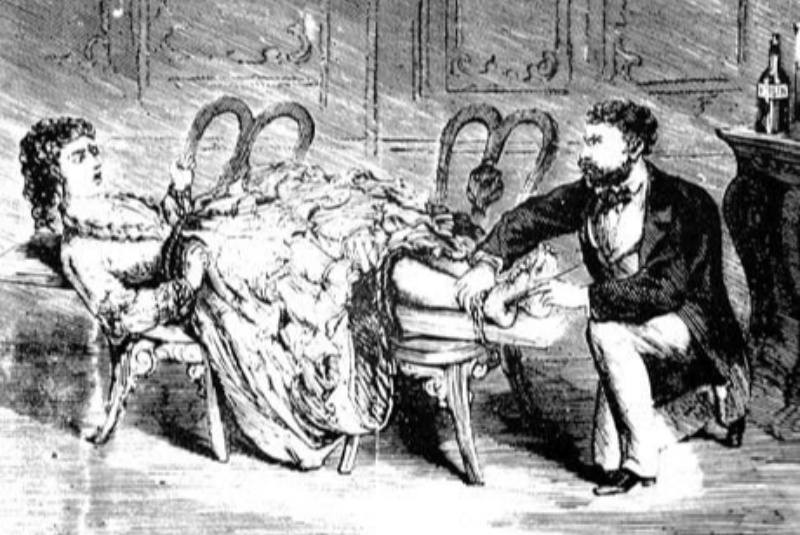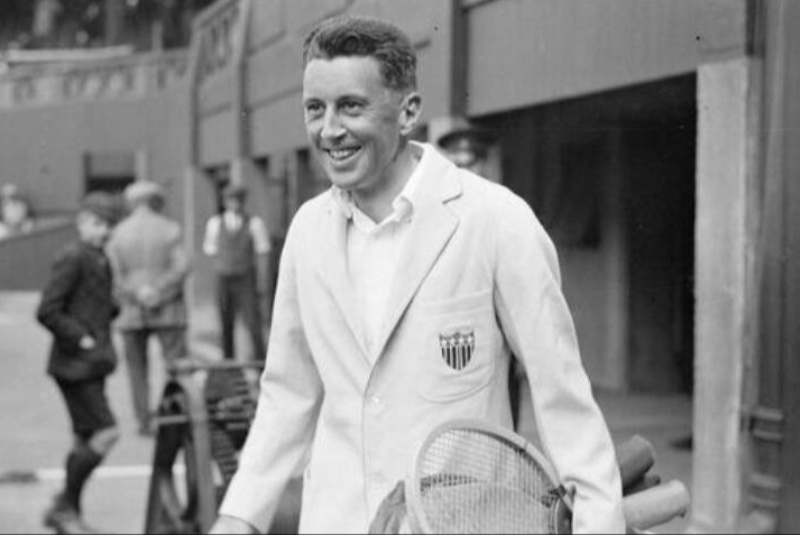In the annals of history, many quirky and unusual practices have been recorded, but perhaps none quite as peculiar as the full-time professional foot ticklers employed by Russian royalty. This seemingly bizarre occupation was not only a profession but an art form that flourished within the opulent walls of the great Muscovite palaces. The intricacies of this practice, the cultural context, and the historical figures involved paint a fascinating tapestry of the past that may seem almost otherworldly to our modern sensibilities.
To understand the phenomenon of foot tickling within the Russian aristocracy, one must dive into the layers of societal norms, sexual politics, and the private lives of the rulers of the time. This practice, though undoubtedly linked to sexual arousal, was also entwined with the power dynamics and the leisure pursuits of the ruling class.

The Czarinas and noblewomen, ensconced in their lives of luxury, often sought pleasure in various forms, and the act of foot tickling became a clandestine escapade, a way to inject excitement and sensuality into their otherwise structured lives. The professional foot ticklers, who were either eunuchs or women, became masters of their craft, rising through the ranks to attain wealth and influence that was rare for such a service-oriented profession. The significance of their role was such that they were always on call, ready to serve at a moment's notice, illustrating the importance of pleasure and relaxation to those at the highest echelons of power.
These ticklers did not simply tickle; they were performers who enhanced the sensual experience by singing bawdy songs and spinning salacious tales, thus setting a mood that was both intimate and indulgent. The atmosphere they created was one of a private theater, where the ticklers were both the stars and the facilitators of the nobility's secret indulgences.
Foot Tickling as a Window to Russian Noble Life
Delving into the lives of specific historical figures such as Anna Leopoldovna and Catherine the Great provides a lens through which to view the complexities of the practice. Anna Leopoldovna, although a regent for a brief period, was said to indulge in foot tickling to an extravagant degree, keeping a retinue of ticklers at her beck and call. This indulgence could be interpreted in various ways: as a means of asserting her authority, as a form of escapism, or perhaps even as a political maneuver, asserting her power and wealth in a tangible, albeit unconventional, manner.
Catherine the Great, however, stands out as the most illustrious and notorious figure when it comes to the opulence and sensuality of the Russian court. Her long reign is marked by political, social, and cultural achievements, but it is the private anecdotes that catch the imagination and reveal a stark contrast to her public persona. The juxtaposition of her formidable leadership and her sensual private life invites intrigue and curiosity.
The secret rooms within her palace, filled with sexually explicit imagery and bespoke furniture designed for her pleasure, tell a story of a woman who compartmentalized her life with deft precision. The shock of the German soldiers during WWII upon discovering these chambers only underscores how ahead of her time Catherine truly was. The documentation of these rooms and their contents, albeit partially lost, provides a glimpse into a past that is both hedonistic and humanizing.
The Social and Cultural Implications of Foot Tickling
To fully grasp the significance of the foot ticklers, one must consider the broader social and cultural implications of their work. In a time when the boundaries of propriety were strictly drawn, the act of foot tickling by professional ticklers blurred the lines between service and intimacy. It was a silent acknowledgment of the human need for touch and the complex interplay between sexuality and social standing.
The ticklers, in many ways, were custodians of a hidden world, one where the desires of women, particularly those of the highest rank, were given free rein within a controlled environment. The fact that these ticklers were often eunuchs or women is also telling of the gender dynamics at play—positions of intimacy and trust that were likely considered inappropriate for other men to hold.
Moreover, the phenomenon reflects on the aesthetics of the time. The act of foot tickling, while intimate, was also a performance that adhered to the artistic and sensual tastes of the Russian aristocracy. It was an intersection of the carnal and the artistic, a dance of pleasure performed to the tune of the ticklers' songs and stories.
The Legacy and Disappearance of the Foot Ticklers
The legacy of the foot ticklers is an ephemeral one. The practice faded with the decline of the Russian Empire, and the Bolshevik Revolution no doubt put an end to many such aristocratic indulgences. The loss of the explicit furniture and the secrecy that shrouded this practice has left many questions unanswered, leaving history enthusiasts and scholars to piece together the puzzle from the fragments that remain.
Yet, the fascination with this aspect of Russian history persists. It serves as a testament to the complexities of human desire and the lengths to which people will go to fulfill their needs for pleasure and relaxation. It is a narrative that is as much about the individuals who enjoyed the tickling as it is about the ticklers themselves, who carved out a unique niche in the annals of service professions.
The foot ticklers of the Russian royalty may no longer tread the halls of grand palaces, their laughter and songs echoing against the gilded walls, but their story continues to captivate and enthrall, offering a glimpse into a past that is as rich as it is mysterious.
The history of foot tickling in Russian royalty is a narrative filled with contrasts and surprises. It speaks to a human aspect of the rulers we often view as mere historical figures. The ticklers, elevated to a status that would otherwise be unheard of for people in their position, embodied a profession that was essential to the fabric of noble life, offering services that were much more than mere physical interactions. As we reflect on these historical peculiarities, they not only inform us about the past but also challenge our understanding of culture, pleasure, and the myriad forms of human expression.




